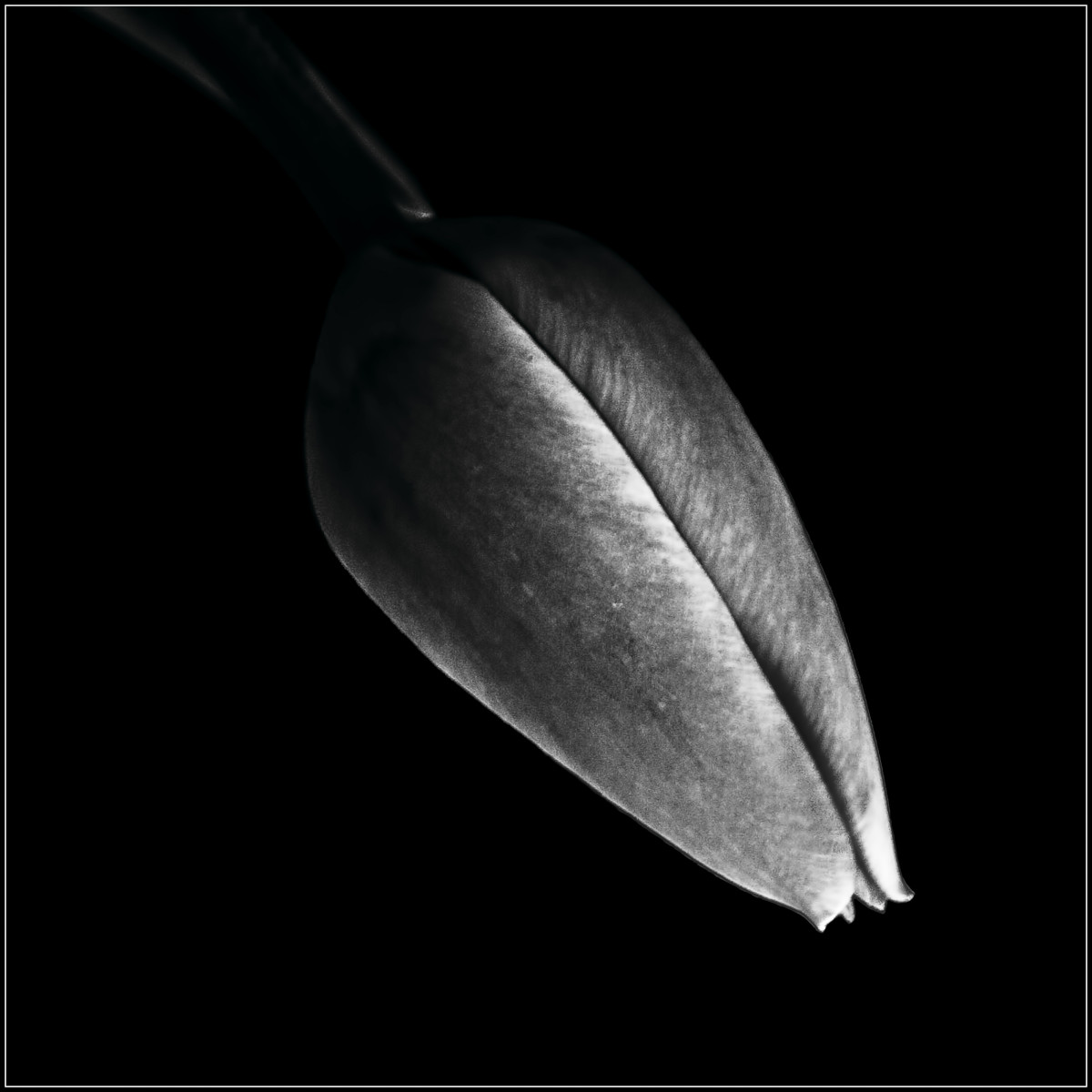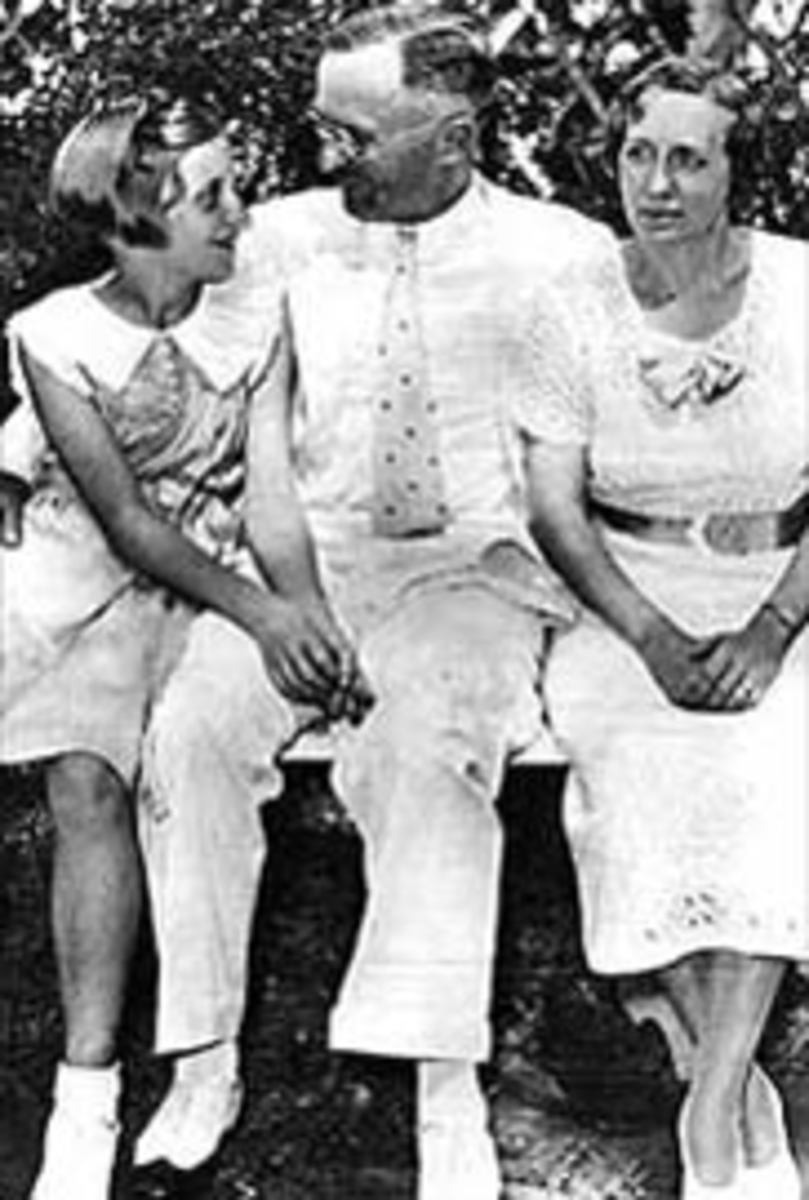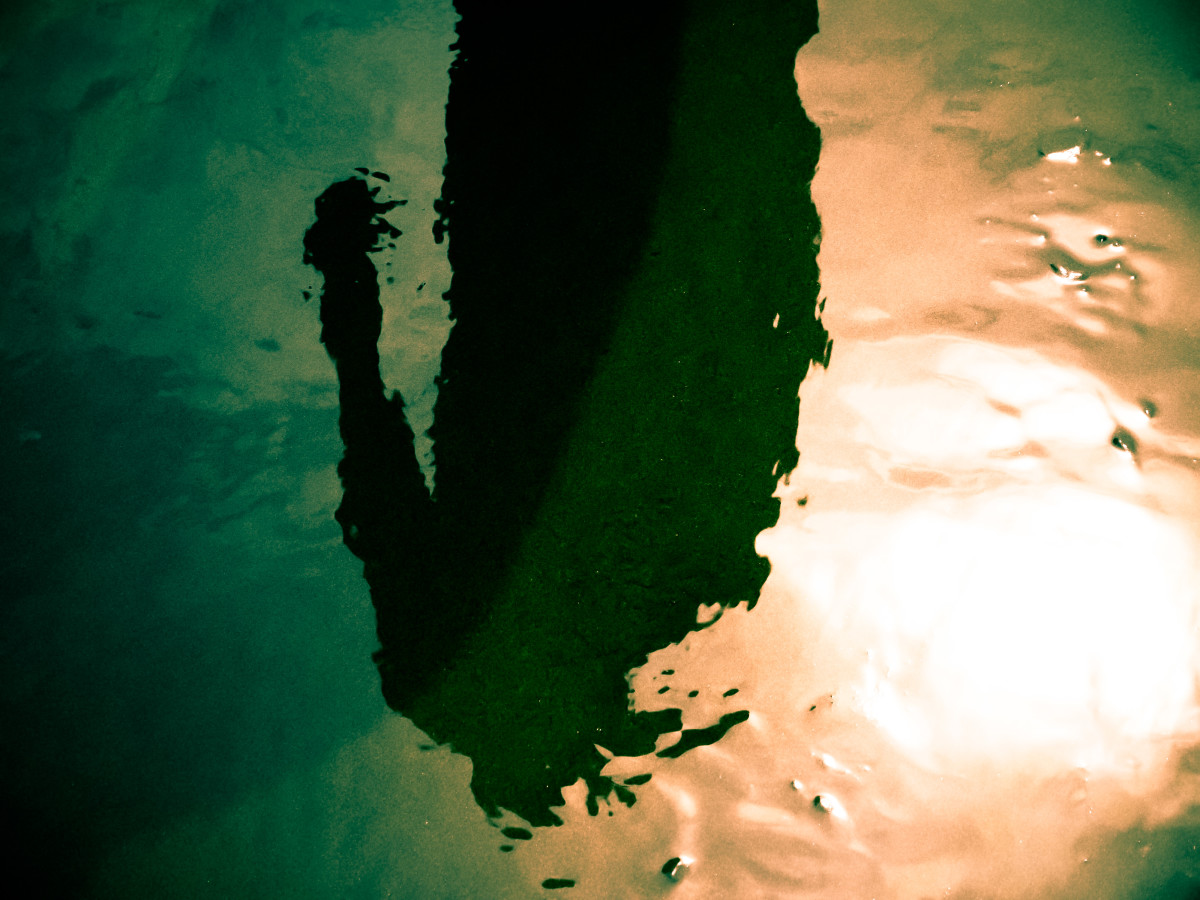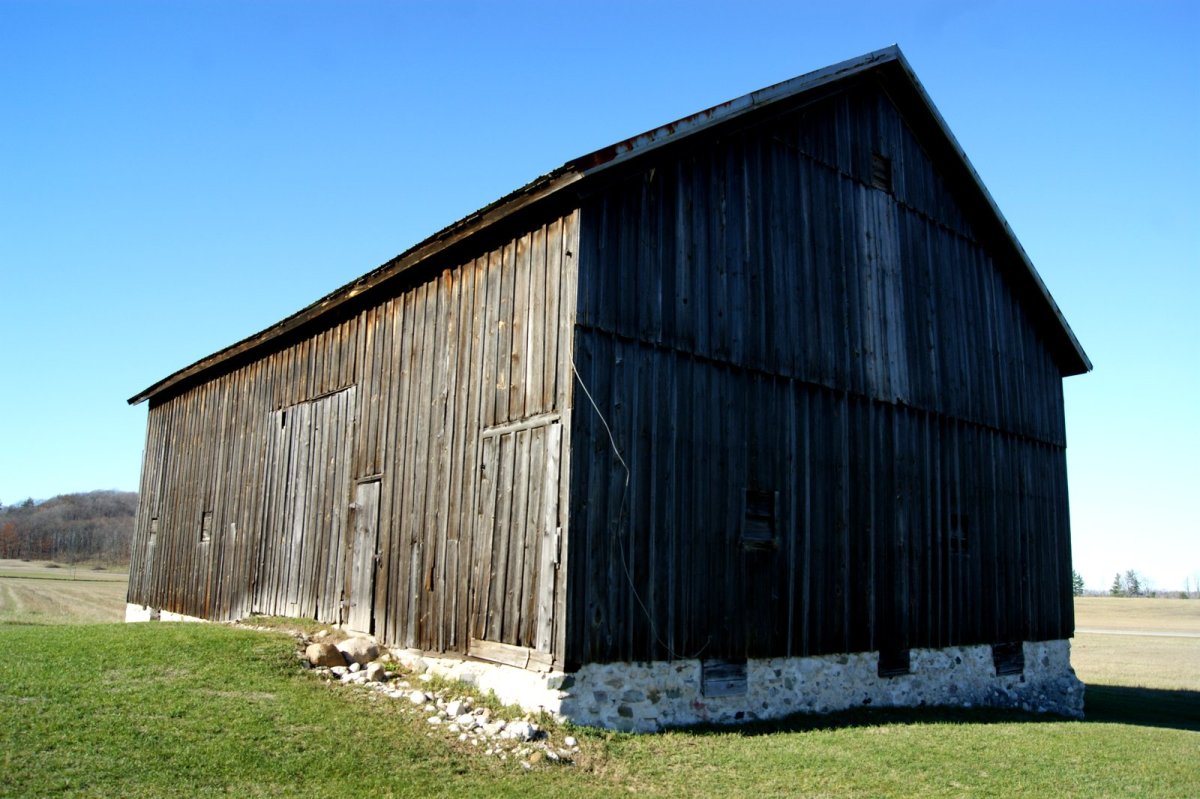Travel Photography: Skills to practice at home to become an awesome travel photographer.
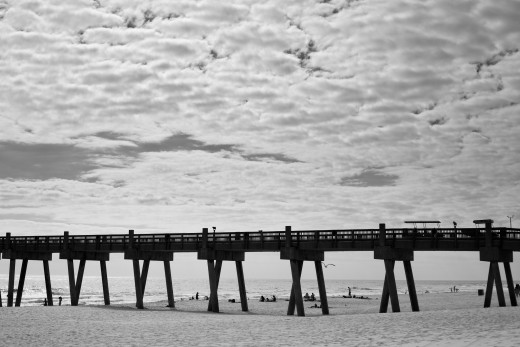
- Steven Gray: Photographer and Writer
All photographs used in this Hub are my own personal work. Check out more of my travel photographs at my web site. - Steven Gray on Facebook
Connect with Steven Gray on Facebook to follow his photography and writing.
"Travel photography" as a broader definition.
What is travel photography, really?
Generally, "travel photography" is a term used to categorize photographs captured by a photographer in an area other than the place that they call home. Photographers like Trey Ratcliff have set a gold standard for travel photography, creating one-of-a-kind images of exotic locations across the globe. For those of us with fewer opportunities to travel that far or that often, recognition as a travel photographer often feels like an unreachable goal.
But I have something to share about that. Lean in, I'll tell you.
You don't have to travel to the ends of the earth to shoot "travel photographs."
For photographers seeking to branch out into "travel photography," the art and craft of capturing the character of a location can be practiced anywhere. In fact, when posting photos to the internet, a photographer can do their community favor by tagging their hometown images as "travel photography," drawing more search engines toward the sights of their hometown and helping local tourism.
Travel photography can be any photograph which presents a location as a destination, whether the photographer resides there or not.
But far beyond community servanthood, treating hometown photography as travel photography is superb practice for any photographer. Why? Because there are skills which every good travel photographer must possess to make strong images while traveling abroad. This skills are:
- Technical Wizardry
- A Deconstructive Eye
- Environmental Awareness
- Planning Ahead
- Confidence
- Thick Skin
These are skills which are absolutely necessary, and it is much better to develop them at home where you are already (hopefully) comfortable instead of "going in cold" on your first trip abroad with your first "professional" camera.
In this hub, I will present and explain each skill, why they are important for travel photographers and how to practice them at home. But before we define what makes a good travel photographer, let's examine what makes a good travel photograph.
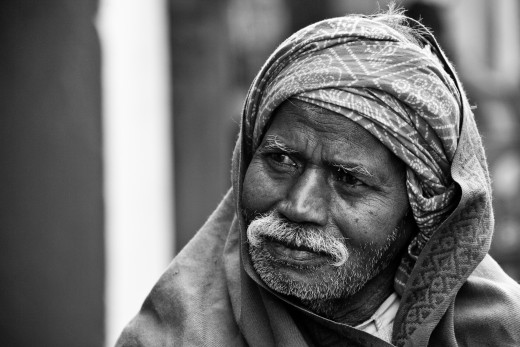
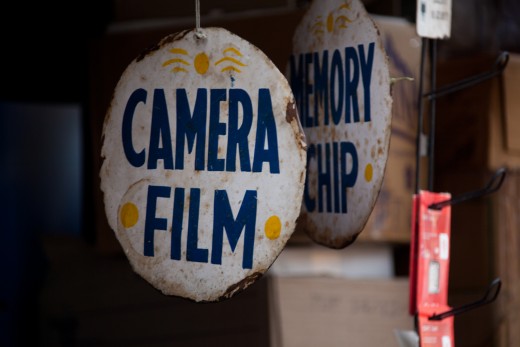
What makes a great travel photograph?
Good travel photographs are those that focus on core elements of a culture and place them in context. The photographs teach their audience about a culture by showing them something specific about it, but they maintain a relationship with the "big picture." The very best travel photographs will inspire others to learn more about what they have just seen.
Core elements define a location. They are the people, places and things that define a culture and make it unique. For good examples of core elements presented in entertainment, I refer you to the late Anthony Bourdain's television series, Parts Unknown. In every episode, Bourdain gets off the beaten path as quickly as possible and talks to locals, asking them what they eat and why they eat it. He then talks to even more people, and through his conversations helps his audience learn the history surrounding the dishes that define a given area. In Bourdain's food-based travelogues, it's not enough to acknowledge that New Orleans is famous for its jambalaya; we must learn who originally made it and why. In the end, it's always about people; it's always about humanity.
Travel photography works in exactly the same way.
A good travel photograph is one that Introduces viewers to a culture and teaches them what makes it and its people unique.
If you can capture the reality of what makes a culture what it is, then the level of artistic creativity with which you capture the image is simply icing on the cake.
The most stirring images are not always the most artistic or colorful. In the end, the honesty and emotional impact of a face or theme in an image will always mean more than aesthetics.
Now, what are the skills a photographer needs to accomplish this?
The first skill: technical wizardry.
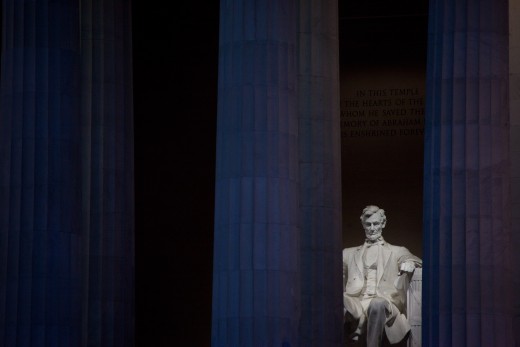
Build your travel photography kit.
1. Technical Wizardry
Know your equipment.
You don't need a fancy camera to take stunning travel photographs. Lighting conditions being equal, there are very few discernible differences in the image quality of enormous, professional cameras and their smaller, "prosumer" counterparts. This fact has led to many professional photographers' crying in the shower as their jobs become obsolete.
However, no matter what kind of camera you own, it is important to be proficient with it. The number of features your camera has is irrelevant; what matters is that you know how to use them to obtain satisfactory results. As my dear Photography I teacher told me years ago:
"Good photographers aren't just 'taken;' they are made."
If your camera has a manual mode, practice taking your everyday snapshots with it so that you can be fully attuned to how your camera handles a wide variety of lighting situations. This will also give you more creative control over how your photographs look, saving you valuable time when you process your images later.
Traveling brings with it a near-constant barrage of unique visuals. The operations of your camera need to be second nature for you to capture as many of these unique experiences as possible.
A wizard doesn't necessarily need to know a thousand spells if he or she is an expert at ten essentials.
A photographer doesn't need the features of a $8,000 camera if her or she is an expert with a camera costing $250 or less.
No matter what kind of camera you own, use it often so that you will be a technical wizard.
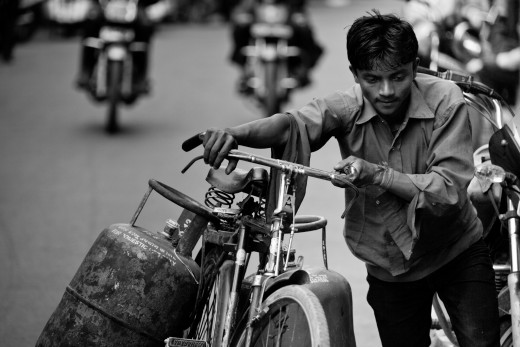
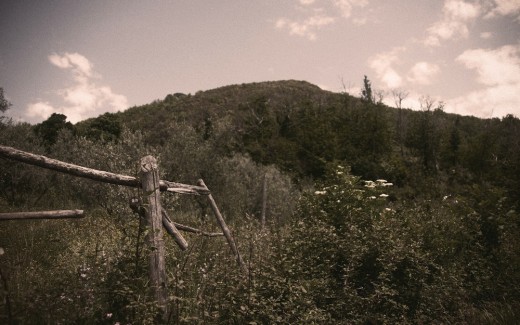
2. A Deconstructive Eye
Deconstructive, not destructive.
What do I mean by "a deconstructive eye?"
It has less to do with the eye than the overall mindset of a photographer. It harkens back to the idea of focusing on core elements to capture the true uniqueness of a culture.
When you enter an environment with photographic opportunities, the discerning photographer needs to see through the "fluff" and find the core elements which give it character.
For an example, let us consider the circuses which are Asian street markets. Surrounded by unique products and hundreds of people, it often feels like the best thing to do is keep the wide-angle lens on your camera as you move through the throng. But a photographer with a deconstructive eye will not settle for just shooting the crowd as a whole. He or she will be on the lookout for the core elements.
It is not enough to simply look at a scene. You have to look at what makes the scene.
The search for core elements always begins with questions. Keeping thes questions in mind will help you stay sharp and be able to identify the best subjects for striking travel photographs:
- What makes this market unique?
- Is it selling ducks or chickens on the spit?
- Are there any oddball items on display behind the mangoes?
- Which vendor is the oldest?
- Which is the youngest?
Now, you might not live near old Hong Kong, but there are ample opportunities to practice deconstructing scenes in your hometown. Any public place will do; consider venues like farmers' markets, outdoor malls, community events, indie music and arts festivals.
Once you have identified the core elements, use your prodigious technical wizardry to make striking images of what you see.
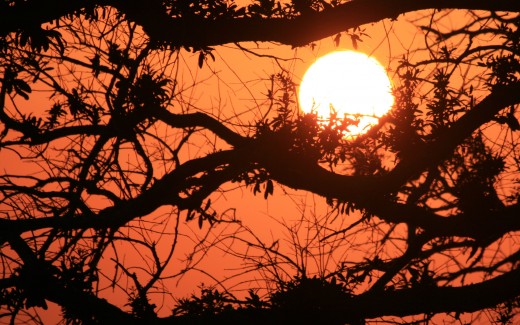
3. Environmental Awareness
Be smart.
As you practice being a technical wizard with a deconstructing eye, don't forget to look up now and again and take stock of your surroundings. Practice environmental awareness.
Being a great travel photographer is pretty useless if it gets you mugged, or if that little cloud on the horizon swells into a raging monsoon while you're focused in the other direction. Environmental awareness is a skill which a photographer needs to practice at home just as much, if not more so, than abroad. When you are comfortable in an area, you are more likely to let your guard down. This is bad, especially if you are walking the dirty streets and capturing harsh social realism with an expensive, eye-catching camera.
It is a sad fact that the more exotic and visually interesting places on earth are often among the poorest. As such, photographers need to be smart, and walk with either a friend or a guide (preferably both) when setting out to capture images of these locations. Most cultures, as a whole, are very congenial to American travelers. But there will always be opportunists in the crowd who want more from you than a five-star review on TripAdvisor.
Be aware. If you will forgive my terseness, it all comes down to not being stupid. Don't take unnecessary risks or be as naïve as to think that some things could never happen to you--because that's when they do.
When in doubt, be polite, carry an umbrella and have a friend at your back.
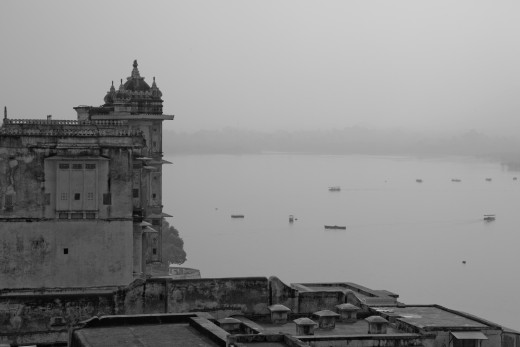
4. Planning Ahead
Plan the shoot, shoot the plan.
If you are serious about devoting a sizable portion of your traveling time to photography, it helps to plan out the kinds of shots which you want to capture in each location. Don't go in cold; plan ahead.
Planning ahead involves research. As much as is possible, you need to identify our old friends, the core elements, prior to your arrival. Here are some sample topics to consider in your planning:
- Local Industries (Agricultural, industrial or technological? Do people live where they work or are there mass commutes?)
- Time of Day (When will I see what I want to see? Based on the local geography, when will I have the best light? Will that mountain cast a shadow over the entire town by 4pm?)
- Colors (Going to a certain area of India, should you expect people to wear more black suits or purple saris?)
- Landmarks (Are there any bucket list buildings or monuments to visit and photograph?)
- Holidays (Will you be arriving in Italy in time for the Florence Gelato Festival or the Palio di Siena?)
- Perception (Will viewers of these photographs have preconceived notions of what to expect of a photograph of this or that location? If so, how can your deconstructive eye and technical wizardry subvert their expectations and teach them something new?)
- Local Food (Are the markets worth photographing? Will you want to photograph your meals to assemble an editorial about the local cuisine? Will you even be able to see through your viewfinder after eating the Szechuan chicken?)
- Demographics (In this or that city, should you expect to see more young students or old gaffers?)
All of these elements, plus innumerable others, are things to consider in planning your shots. Forming a definite idea of what images you hope to obtain on a given photographic excursion will help you stay focused and on the lookout for a place's core elements. Of course, you will also want to stay open-minded and adaptable for unplanned photographic opportunities as well, but planning is always important.
Just for fun, pick a location off of your daily beaten path, do some research, and plan a shot list accordingly. That done, set aside a day to drive/walk/unicycle over to your location and see which shots you can accomplish based on your pre-planning.
Pre-planning is just as much of an art form as photography itself.
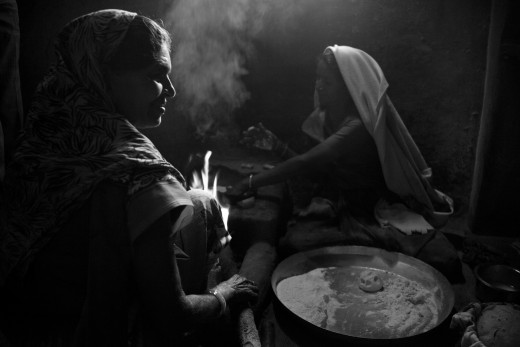
Bill Cunningham: The world's greatest street photographer.
5. Confidence
You need good presence.
Travel or journalistic editorials of foreign countries often live or die in their depiction of people. Your ability to capture faces and activities of your fellow human beings will help to define your photographic portfolio, as well as your audience's perception of you as an individual.
Whether you are photographing local kooks at a hometown music festival or a street fiddler in Prague, you need the confidence to walk up to someone and take their photograph; boldly and without subterfuge.
When a photographer tries too hard to be covert while photographing people on the street, the results can be counterproductive. Many people will be flattered if a photographer smiles at them and asks by voice or look for permission to capture their image--New York Times photographer Bill Cunningham has made an entire career out of this practice. However, the same people who might gladly consent to a photograph upon request might also be very offended if they feel that a photographer is trying to "sneak" an image of them.
Remember that many people are distrustful of cameras when they are not approached squarely and honestly. Nothing looks worse than a photographer who goes out of his or her way to look like they are shooting "something else" when the subject looks up and makes eye contact.
For the sake of your own reputation, and that of all other travel photographers, don't give people a reason to suspect your motives.
Do not be afraid to ask for permission, either. Be friendly! Be up front! But also be polite and respectful, especially if you are in an area where religion or custom makes photographing certain people or places an issue of sensitivity.
As a photographer at home, cultivate your people skills. Walk down the street and practice different ways of asking to capture interesting people's likeness. Go to festivals and ask the craziest people you find if you can take their picture. Most unique people are very aware that they stand out from the crowd, and they are often more than willing to have their photo taken. Many of them will go the extra mile and ham it up for the camera, and the more confidence with which you approach them, the more they will give back to your image in the way of personality.
If you live near a major city, most street performers have no problem whatsoever being photographed; just make sure you tip them. You might be on personal time, but they're trying to earn a living.
Contrary to popular belief, asking for permission will not destroy the emotive power of your images. From Jacob Riis to Stanley Kubrick, many of the great journalistic photographers throughout history not only approached their subjects for photographs, but even went so far as to direct and pose them in order to achieve a specific look or mood.
For the travel photographer, this presents a choice: artistic interpretation, or journalistic honesty? That is the point where you, with your deconstructing eye and technical wizardry, must make the decision of how best to present the core elements of a location to your audience.
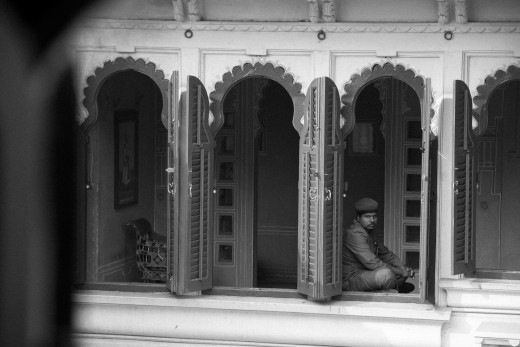
6. Thick Skin
You're gonna need it.
Sometimes, people say no. Sometimes, no matter how you present yourself, people will react negatively to the presence of a camera. Reasons for this will vary. For some, it will be a cultural or spiritual aversion to having their photograph taken. Other regions of the world see it as a breach of personal security or thinly-veiled government surveillance. Others are simply prone to paranoia and psychosis and are simply unreasonable.
At the end of the day, if someone says no, it really doesn't matter. It might feel personal, but it isn't. Chances are that if you get yelled at for taking a photograph, it's not because a mean-spirited person singled you out; anyone else in your position would receive the same treatment. Politely apologize and move on.
Unless you possess the only file or negative in existence which bears witness to a crime or major event, a photograph is not something to argue about. The last thing you need is to be charged with a crime in a foreign country. Furthermore, authorities in some countries often operate on the fringes of what is truly lawful, and will use unfair "suspicion of" detainments in hopes of being offered a bribe from the rich American with the fancy camera. That is an extreme but also very real situation; don't allow yourself to get caught in such a predicament.
Go forth!
As you practice the six skills outlined above, don't ever allow yourself to produce anything less than your best work, no matter how dull or uninteresting you consider your home practice ground to be.
There is no such thing as a boring location if you learn to see creatively. Alfred Hitchcock was fond of placing restrictions on himself through his choices of screenplays and set designs. Restrictions forced him to work creatively, and as such the world was given classics like Lifeboat and Rope.
Whether your location for practicing photography is a well-known scenic vista or a seemingly bland area, let the perceived limitations be the catalysts that push your photography forward into creative territory. Remember that where there is no scenery, there is still humanity. Every face tells a story when photographed the right way. You just have to find that right way.
We live in a huge and diverse world, and it is ludicrous to spend one's entire life in one place when there is so much to see elsewhere.
Get your camera, leave your house and start capturing this awesome planet.
Travel Photography by Steven Gray
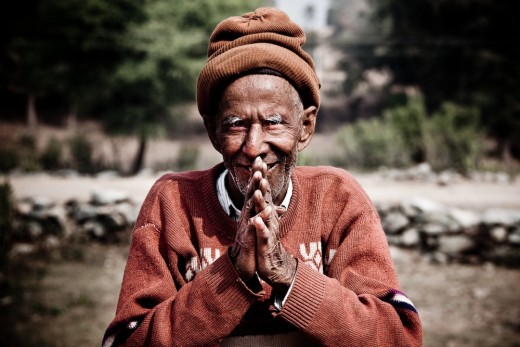
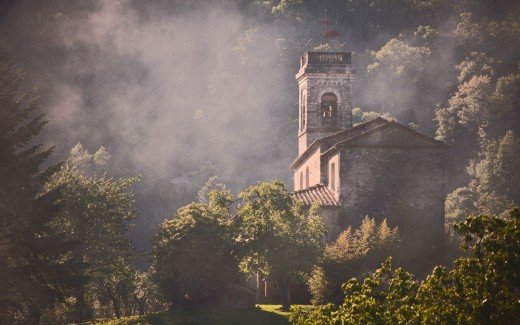
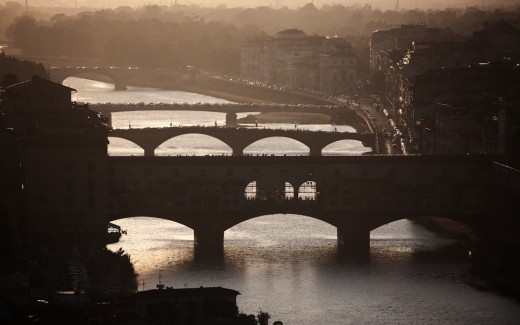
My work elsewhere.
- Camera and Flask
I am a photographer and videographer with a sincere passion for the art and science of visual communication. - Steven Gray - Artwork for Sale - Gulf Breeze, FL - United States
Based out of Pensacola, FL, I specialize in visual storytelling.



